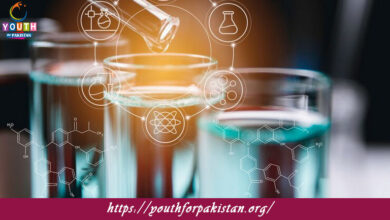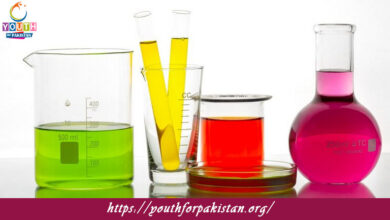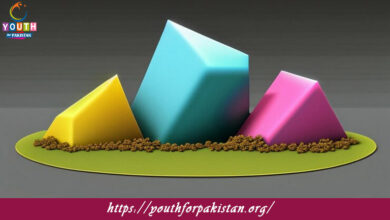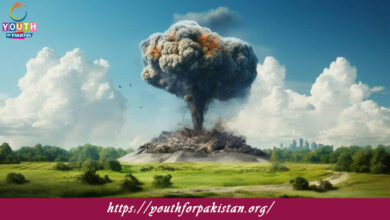Gases and Gas Laws Quiz with Answers
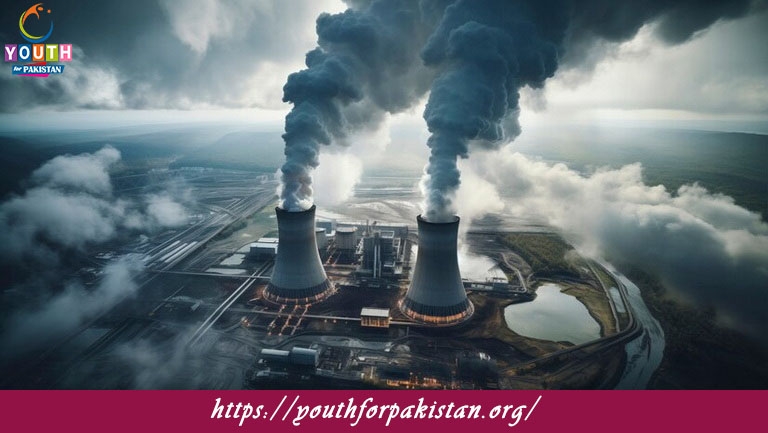
Welcome to the Gases and Gas Laws MCQs with Answers, it helps learners quickly identify areas for improvement in Gases and Gas Laws Online Test.
| Gases and gas laws are fundamental topics in chemistry, crucial for understanding the behavior of gases under different conditions. Ideal Gases and Gas Laws MCQs are excellent tools for testing knowledge and reinforcing concepts. The Ideal Gas Law (PV = nRT) relates pressure (P), volume (V), temperature (T), and the number of moles of gas (n), where R is the gas constant. This law assumes ideal behavior with no intermolecular forces.
Boyle’s Law Gases and Gas Laws MCQs focus on the inverse relationship between the pressure and volume of a gas at constant temperature, described by P1V1=P2V2P_1V_1 = P_2V_2. Charles’s Law Gases and Gas Laws MCQs test the understanding of how the volume of a gas is directly proportional to its temperature at constant pressure, expressed as V1/T1=V2/T2V_1/T_1 = V_2/T_2. Avogadro’s Law Gases and Gas Laws MCQs explore the concept that equal volumes of gases at the same temperature and pressure contain an equal number of molecules, formulated as V/n=kV/n = k. Gay-Lussac’s Law Gases and Gas Laws MCQs examine the direct proportionality between the pressure of a gas and its temperature at constant volume, given by P1/T1=P2/T2P_1/T_1 = P_2/T_2. |
Gases and Gas Laws Online Quiz
By presenting 3 options to choose from, Gases and Gas Laws Quiz which cover a wide range of topics and levels of difficulty, making them adaptable to various learning objectives and preferences. You will have to read all the given answers of Gases and Gas Laws Questions and Answers and click over the correct answer.
- Test Name: Gases and Gas Laws MCQ Quiz Practice
- Type: Quiz Test
- Total Questions: 40
- Total Marks: 40
- Time: 40 minutes
Note: Answer of the questions will change randomly each time you start the test. Practice each quiz test at least 3 times if you want to secure High Marks. Once you are finished, click the View Results button. If any answer looks wrong to you in Quiz, simply click on question and comment below that question, so that we can update the answer in the quiz section.
Download Certificate of Gases and Gas Laws Test
On the end of Quiz, you can download the certificate of the quiz if you got more than 70% marks.
Gases and Gas Laws Flashcards

Which gas law states that the pressure of a gas is inversely proportional to its volume at constant temperature?

The ideal gas law is represented by the equation PV = nRT, where P is pressure, V is volume, n is the number of moles, R is the gas constant, and T is temperature. Which gas constant is commonly used in this equation?

The volume of a gas is directly proportional to its temperature at constant pressure according to which gas law?

Which law states that the total pressure exerted by a mixture of gases is equal to the sum of the partial pressures of the individual gases in the mixture?

What happens to the volume of a gas if its pressure is increased while keeping the temperature constant?

According to Boyle's law, if the volume of a gas is halved at constant temperature, what happens to its pressure?

At constant temperature and pressure, the volume of a gas is directly proportional to the number of moles. Which gas law does this represent?

The pressure exerted by a gas is directly proportional to its temperature at constant volume according to which gas law?

According to Avogadro's law, at constant temperature and pressure, equal volumes of gases contain equal numbers of ______.

If the temperature of a gas is increased while keeping the volume constant, what happens to its pressure?

The kinetic molecular theory of gases describes gases as composed of particles that are in ______ motion and have negligible volume.

If the pressure of a gas is doubled while keeping the temperature constant, what happens to its volume?

What is the volume of a gas if its pressure is reduced to half of its initial pressure while keeping the temperature constant?

At constant temperature and pressure, the volume of a gas is inversely proportional to its pressure according to which gas law?

Which gas law states that the total pressure exerted by a mixture of non-reacting gases is equal to the sum of the partial pressures of individual gases?

If the volume of a gas is increased while keeping the pressure constant, what happens to its temperature?

Which gas law describes the relationship between the pressure and temperature of a gas at constant volume and moles?

What is the volume of a gas if its pressure is reduced to one-third of its initial pressure while keeping the temperature constant?

According to Boyle's law, if the pressure of a gas is halved at constant temperature, what happens to its volume?

The volume of a gas is directly proportional to its pressure at constant temperature according to which gas law?

Which gas law states that the volume of a gas is directly proportional to the number of moles at constant pressure and temperature?

What is the pressure of a gas if its volume is reduced to one-fourth of its initial volume while keeping the temperature constant?

The pressure of a gas is directly proportional to its temperature at constant volume according to which gas law?

If the pressure of a gas is doubled while keeping the temperature constant, what happens to its volume?

What is the volume of a gas if its pressure is reduced to half of its initial pressure while keeping the temperature constant?

At constant temperature and pressure, the volume of a gas is inversely proportional to its pressure according to which gas law?

Which gas law states that the total pressure exerted by a mixture of non-reacting gases is equal to the sum of the partial pressures of individual gases?

If the volume of a gas is increased while keeping the pressure constant, what happens to its temperature?
If you are interested to enhance your knowledge regarding Physics, Computer, and Biology please click on the link of each category, you will be redirected to dedicated website for each category.

